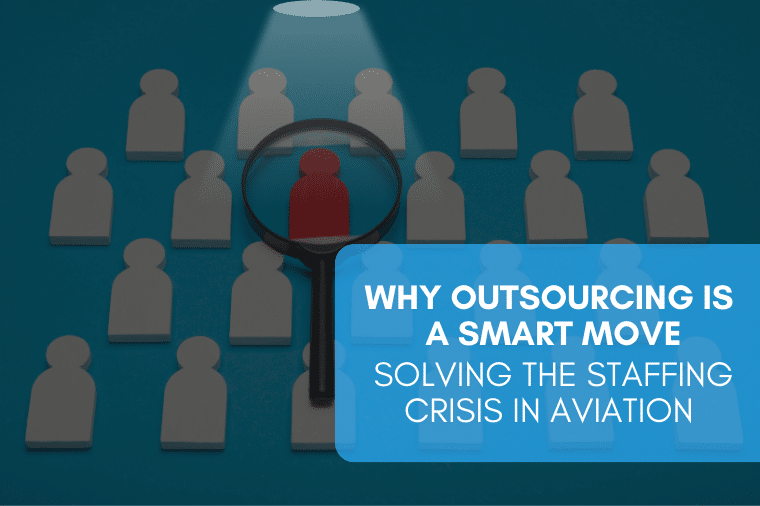Related blog posts.
 Outsourcing Services
Outsourcing Services
Digital Archiving in 2025: Overcoming Security Pitfalls Before They Cost You
As businesses generate more data than ever, digital archiving is no longer just about storage—it’s about security. In 2025, understanding...
More Outsourcing Services
Outsourcing Services
Why Outsourcing is a Smart Move: Solving the Staffing Crisis in Aviation
Airlines are facing a staffing crisis in 2025, with labor shortages, rising demand, and high attrition rates straining operations. Outsourcing...
More Outsourcing Services
Outsourcing Services
The Competitive Edge: Key Benefits of Outsourcing for Airlines in 2025
Discover how outsourcing is helping airlines stay competitive in 2025 by cutting costs, improving customer service, and enabling flexible, scalable...
More

